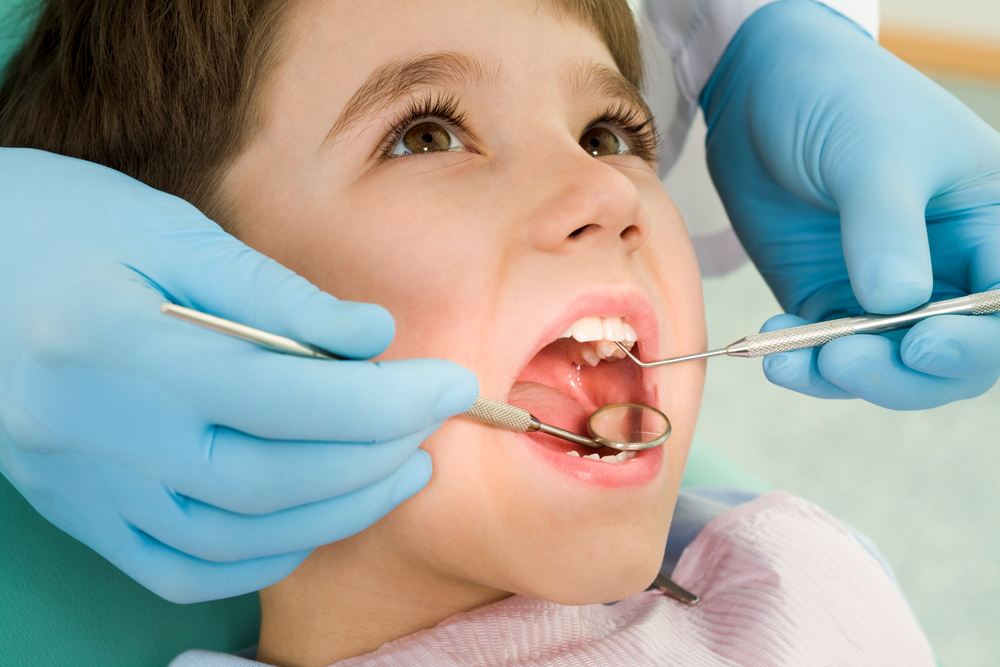Have you ever heard of a lip tie or treatment for a tongue tie near you? It’s not a term that comes up in everyday conversation, but for those affected by it, it can be a significant concern. A lip tie happens when the tissue connecting the upper lip to the gum is too tight, restricting lip movement.
Lip ties can affect people of all ages, from infants to adults, making it hard to eat, speak, and maintain oral hygiene. Luckily, there’s a quick and effective solution: laser lip tie surgery. In this blog, we’ll explain what a lip tie is, the issues it can cause, and how laser surgery can help.
Understanding Lip Ties
Lip ties are common, but many people don’t know about them. When someone has a lip tie, it means the small piece of tissue that connects the upper lip to the gums is too tight or thick. This limits how much the lip can move. Lip ties are classified into four grades, from mild (Grade 1) to severe (Grade 4), depending on how much they restrict lip movement.
Why Lip Ties Matter?
Lip ties can cause problems like:
- Difficulty breastfeeding for babies
- Speech problems
- Dental issues such as gaps between the front teeth
- Trouble eating and drinking
- Pain or discomfort in the mouth
Parents often notice lip ties in their babies when they struggle with breastfeeding. Babies with a lip tie may have difficulty latching on properly, making feeding painful and less effective.
Signs and Symptoms of a Lip Tie
Identifying a lip tie for children early can help in seeking prompt treatment. Some Signs to watch out for include:
- Difficulty breastfeeding or bottle feeding
- Poor weight gain in infants
- Excessive gassiness or colic due to swallowing air
- Clicking sounds while feeding
- Reflux symptoms
For older children and adults, the symptoms can be different. They might include:
- Speech delays or difficulties
- Gaps between the front teeth
- Trouble with oral hygiene due to difficulty brushing and flossing
- Pain in the lip or gums
Diagnosis of a Lip Tie
If you suspect a lip tie, it’s important to see a healthcare professional. A pediatrician, lactation consultant, or dentist can evaluate the condition. They will examine the mouth and may use a classification system to determine how severe the tie is.
The Hazelbaker Assessment Tool is commonly used to grade the severity of a lip tie. This tool helps determine whether treatment is necessary and what type of treatment might be best.
Treatment Options for Lip Ties
Laser lip tie surgery is becoming increasingly popular due to its numerous benefits. Here’s why many people are choosing this option:
Precision and Accuracy
Lasers are very precise, so they can target the lip tie exactly. This accuracy helps avoid damaging nearby tissues and lowers the chance of problems.
Reduced Pain and Discomfort
Laser surgery usually hurts less than traditional methods. The laser seals nerve endings as it cuts, which can lead to less pain during and after the procedure.
Faster Healing
Using a laser can help wounds heal faster. The laser seals the cuts as it makes them, which means there is less bleeding and swelling. This often leads to a quicker recovery for patients compared to regular surgery.
Less Risk of Infection
The laser cleans the area while it cuts, so there is less chance of infection. This is especially important for babies and young children.
Minimal Scarring
Laser surgery usually causes less scarring than traditional surgery. This is especially good for cosmetic purposes.
The Laser Lip Tie Surgery Procedure
Wondering what to expect from a lip-tie procedure? Here’s a step-by-step overview:
Consultation
The first step is to consult with a specialist, such as a pediatric dentist or oral surgeon. They will assess the severity of the lip tie and discuss the best treatment options.
Preparation
On the day of the procedure, the area around the lip tie will be numbed to minimize discomfort. For infants, a topical numbing agent is often sufficient. Older children and adults might receive a local anesthetic.
The Surgery
Using a specialized dental laser, the surgeon will carefully release the lip tie. The procedure usually takes just a few minutes. The laser not only cuts the frenulum but also seals the blood vessels, reducing bleeding.
Aftercare
After the surgery, you’ll receive instructions for aftercare. This may include:
- Pain management tips
- Stretching exercises to prevent reattachment
- Guidelines for feeding and oral hygiene
Follow-up appointments may be scheduled to ensure proper healing and to address any concerns.
Benefits of Laser Lip Tie Surgery
Laser lip tie surgery offers numerous benefits, making it a preferred choice for many parents and patients. Key advantages include:
- Fixing lip ties in babies helps them breastfeed better, reducing pain for moms and improving the baby’s growth.
- It also makes brushing and flossing easier, keeping teeth and gums healthy.
- Kids with lip ties fixed can speak more clearly and avoid delays in learning to talk.
- People of all ages feel more comfortable and confident after getting a lip tie fixed, making eating, drinking, and talking easier.
If you suspect a lip tie in yourself or your child, consult a specialist to discuss your options. Early intervention can significantly improve outcomes.
Ready to Take The Next Step?
At Tampa Tongue Tie Center, we understand the impact a lip tie can have on your daily life. Our team of experienced professionals is dedicated to providing the highest quality care using modern laser technology. Whether it’s improving your child’s breastfeeding experience or enhancing your oral health, we are here to help.
Schedule your consultation at our tongue tie center in Tampa and let us know how we can help you!
